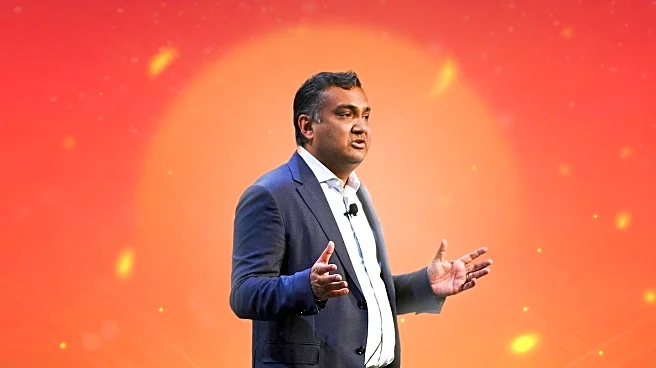What's Happening?
Dr. Sanjay Gupta, CNN's Chief Medical Correspondent, is set to release his new book titled 'It Doesn’t Have to Hurt' on Tuesday. The book delves into the complexities of pain, its connection to the brain, and various strategies for managing it. Over the past three years, Dr. Gupta has conducted extensive research on the subject, aiming to provide insights into how individuals can better understand and cope with pain. The book's release is accompanied by a special CNN report, 'Dr. Sanjay Gupta Reports: It Doesn’t Have to Hurt,' which will air on September 7 at 9 p.m. ET. This initiative invites the public to share their questions about pain, prevention, and treatment, fostering a broader conversation on the topic.
Why It's Important?
Pain management is a critical aspect of healthcare, affecting millions of people across the United States. Dr. Gupta's book and accompanying report aim to shed light on the often misunderstood nature of pain and offer practical solutions for those suffering. By addressing pain's relationship with the brain, the book could influence how medical professionals approach treatment, potentially leading to more effective and personalized care strategies. This could benefit patients by reducing reliance on medications and exploring alternative therapies, ultimately improving quality of life for many.
What's Next?
Following the book's release and the CNN report, there may be increased public interest and dialogue around pain management strategies. Healthcare providers might consider integrating insights from Dr. Gupta's research into their practice, potentially leading to innovations in pain treatment. Additionally, the public's engagement through questions and discussions could drive further research and development in this field, encouraging a more holistic approach to managing pain.
Beyond the Headlines
The exploration of pain management touches on ethical considerations, such as the balance between medication use and alternative therapies. It also raises cultural questions about how pain is perceived and treated in different communities. Long-term, this could lead to shifts in public policy regarding healthcare practices and insurance coverage for pain management treatments.












